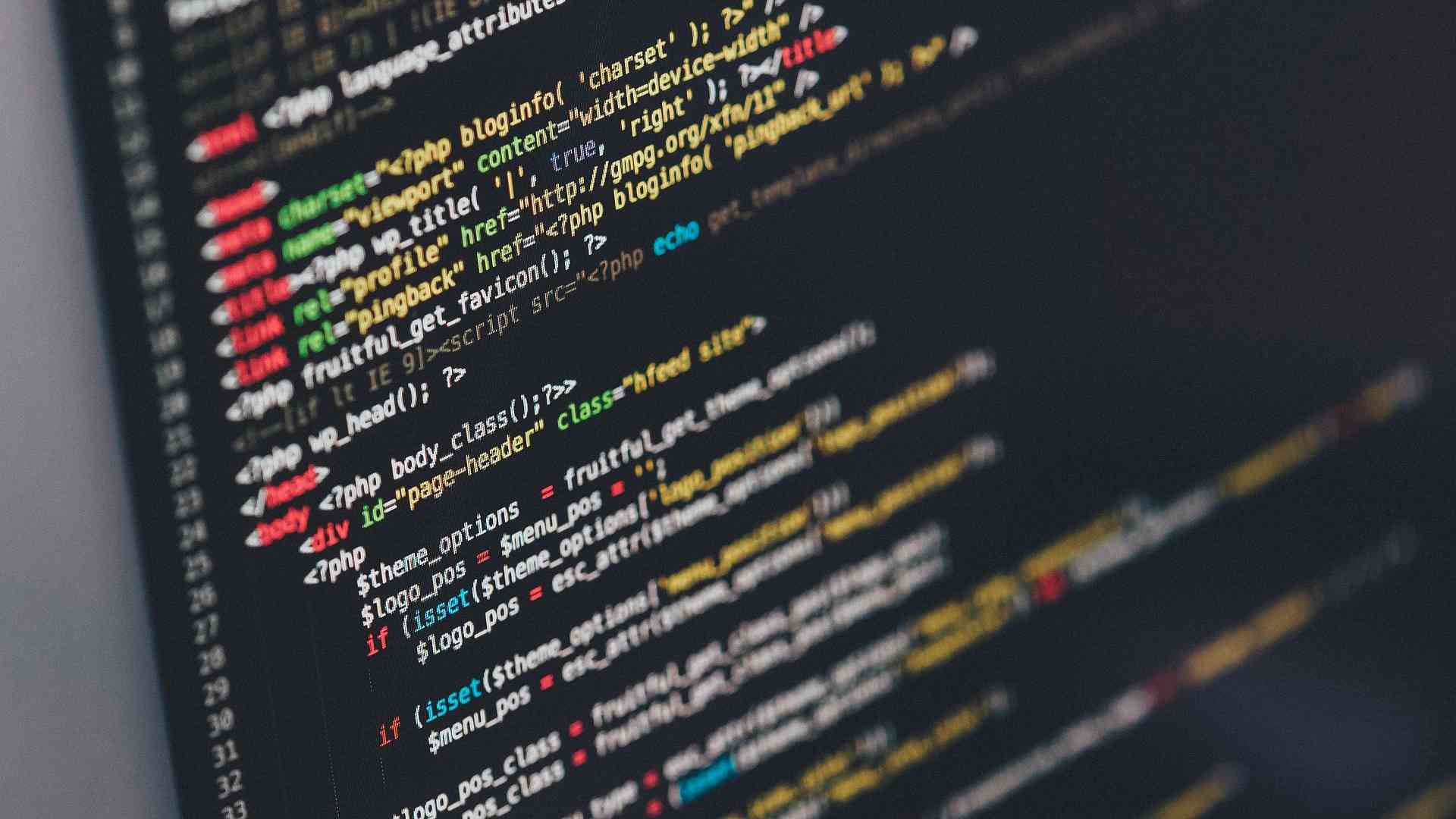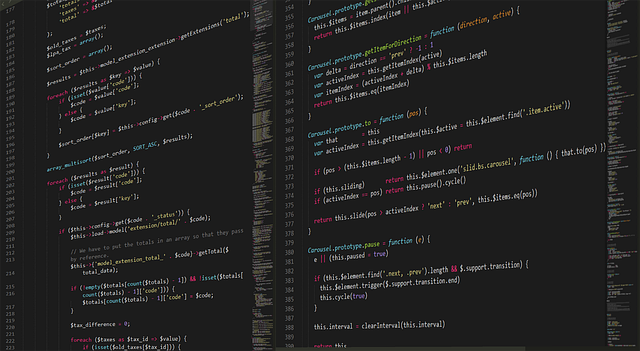Programming trends for 2024/2025
As technology evolves, so do the tools and techniques developers use to build powerful digital experiences. Whether you’re a seasoned programmer or just getting started, staying updated with the latest trends is key to staying relevant in the tech world.
Here are the top programming trends shaping 2024 and 2025:
1. AI-Powered Development
Artificial Intelligence is no longer just a buzzword — it’s becoming a core part of development workflows. Tools like GitHub Copilot, ChatGPT, and AI code assistants are helping developers write, debug, and optimize code faster. Expect more integration of AI into IDEs, testing, and even project management tools.
2. Low-Code and No-Code Platforms
As demand for digital solutions increases, businesses are turning to low-code/no-code platforms to build apps quickly. Developers are now playing a key role in extending these platforms with custom code and APIs, making this a skill worth exploring.
3. WebAssembly (Wasm) Growth
WebAssembly allows developers to run high-performance code (written in languages like Rust, C++, and Go) directly in the browser. In 2025, Wasm is expected to become more mainstream for web applications, game development, and even backend services.
4. JavaScript & TypeScript Dominate
JavaScript remains king of the web, but TypeScript continues to gain ground fast thanks to its type safety and developer experience. Frameworks like React, Next.js, SvelteKit, and SolidJS are pushing the boundaries of what’s possible with frontend development.
5. Rust Rising
Rust is being adopted by major companies (like Microsoft and Meta) for systems programming due to its speed, safety, and memory efficiency. It’s becoming a serious alternative to C/C++ for building secure and efficient software.
6. Cloud-Native & Serverless Architectures
More apps are being built using serverless platforms like AWS Lambda, Vercel, and Netlify. Combined with containerization (e.g., Docker, Kubernetes), developers are shifting toward scalable, cost-effective deployment models.
7. Cybersecurity in Code
With rising security threats, secure coding practices are in focus. More devs are learning to integrate security into every stage of development (DevSecOps), and languages with strong safety features like Rust are gaining popularity.
8. Edge Computing & Edge Functions
The rise of edge computing is changing how we think about app performance. With providers like Cloudflare and Vercel offering edge functions, developers can run code closer to users for faster response times.
9. API-First & Microservices
Modern applications are moving away from monoliths. In 2024/2025, building with APIs and microservices will continue to be the standard for scalable, flexible architecture — especially in large apps and SaaS platforms.
10. Python Remains Strong (Especially for AI)
Python continues to dominate in machine learning, data science, and automation. Libraries like TensorFlow, PyTorch, and Pandas keep it at the heart of AI development, making it a must-know language for future tech.
Final Thoughts
Programming in 2024 and 2025 is about adaptability, smart tooling, and choosing the right technology for the job. Whether you’re focusing on web development, AI, cloud, or cybersecurity — the future is full of opportunity for those who stay curious and keep learning.
Want help building a future-ready digital product or learning the right tech stack? Contact us today — we’re here to help.






